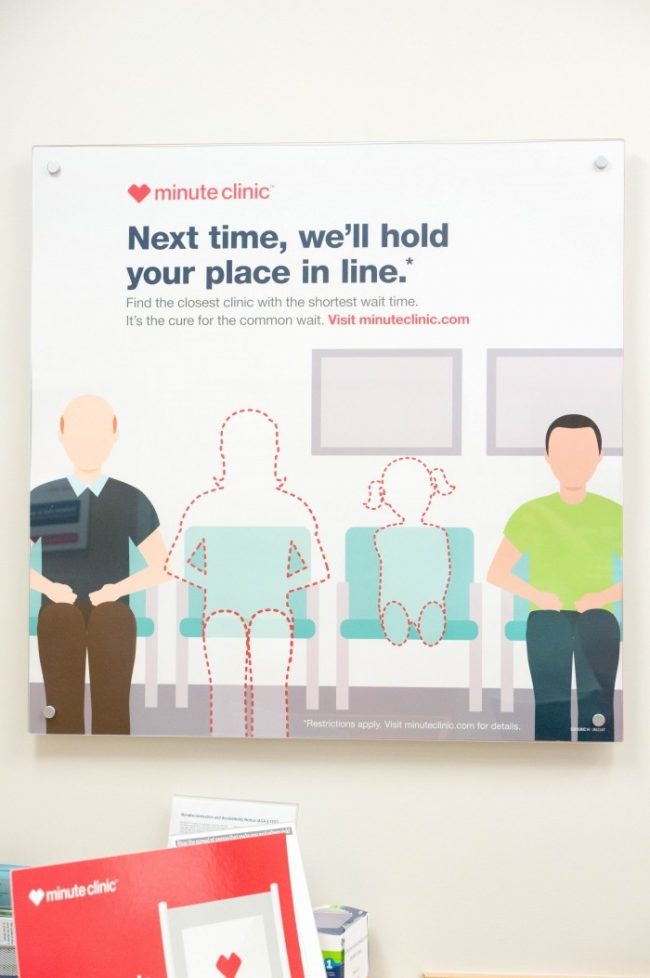Little Known Questions About How To Open An Iv Hydration Clinic.
Include communication lines with local hospitals so that clients who need transfer to an emergency clinic have simple access. The UCAOA program is called Urgent Care Certification and the AAUCM is called Urgent Care Center Accreditation. The Urgent Care Association of America (UCAOA) holds a yearly spring convention and an annual fall conference.
Numerous leaders of arranged urgent care expect the facility of urgent care as a totally acknowledged specialty. This organization launched an accreditation program in 2014, and has actually considering that partnered with an insurance company called Urgent Care Guarantee Business. Urgent Care Management Regular monthly hosts a bi-annual conference, teaching physicians, investors, and owners about business side of an immediate care center. how to open a medical clinic.
JUCM, The Journal of Urgent Care Medicine is the Official Publication of the Urgent Care Association (UCA). Each problem consists of peer-reviewed clinical and practice management articles. Board of Certification in Urgent Care Medication (BCUCM) offers board certification for doctors with requisite training and experience. The Urgent Care College of Physicians (UCCOP) provides curricula for physicians in the immediate care field, and supporters for the field's general status as a special specialty.
10 Easy Facts About What Is A Osmotic Fragility Test Myo Clinic Explained
This company offers certification to immediate care programs. In 2006, the Urgent Care Association of America sponsored the first fellowship training program in urgent care medicine. A cooperation between the Department of Household Medicine University Hospitals of Cleveland/ Case School of Medicine, the Urgent Care Association of America (UCAOA), and University Main and Specialized Care Practices, Inc.
The program was partly funded by an unlimited grant from the Urgent Care Association of America. Fellowship doctors receive training in lots of disciplines, including: adult emergency situations, pediatric emergency situations, wound & injury assessment and treatment, occupational medication, urgent care procedures, and care center company elements. In 2007, the Urgent Care Association of America (UCAOA) sponsored a second fellowship opportunity through the University of Illinois.
Sixty-five percent of immediate care centers have at least one physician on-site at all times. [] Of the doctors that staff urgent care centers, 47. 8% are household medication, 30. 1% are emergency medicine and 7. 6% are internal medicine. [] With these certified doctor on-site, urgent care centers have the ability to offer a large range of services including damaged bones, moderate cuts and lacerations requiring stitches, and most typical injuries and illnesses.
Little Known Facts About What Gets You Kicked Out Of A Pain Clinic.
They do not provide surgical services, as a guideline- particularly invasive surgical procedures (more than cutaneous or subcutaneous procedures- those including body organs and organ parts, and/or deep penetration of deep fascia, tendons, ligaments, bursae, joints, muscles, or bones), any treatments needing making use of regional or general anesthesia (more than topical regional anesthesia), those procedures needing a full operating room or suite, having prolonged recovery times, or needing more than the level of imaging or specialists available at the center.
7 to 27. 1 percent of all emergency department sees could occur at an immediate care center or a retail center, creating a prospective expense savings of approximately $4. 4 billion each year, according to a 2010 research study in. The bulk of immediate care centers are owned by doctors or physician groups, however, more corporations and investment banks are acquiring immediate care centers and producing local and national brand names in the industry.
4 percent of centers owned by doctors or physician groups, down from 50 percent in 2010 30. 5 percent owned by a corporation, up from 13. 5 percent in 2010 25. 2 percent owned by a healthcare facility 4. 4 percent owned by a non-physician individual 2. 2 percent owned by a franchise In the last few years the American Medical Association approved the code UCM (Urgent Care Medication).
Facts About How Much Does The Aspen Clinic Cost Revealed
Solutions rendered in an immediate care center might be designated, utilizing the location of service code -20 (POS -20) on the CMS-1500 kind, as submitted to third-party payers. The Centers for Medicare & Medicaid Provider (CMS) have actually designated two specific codes to use to immediate care centers: S9083 (worldwide fee for immediate care centers) and Drug Abuse Treatment S9088 (services rendered in an urgent care center). [] (PDF).
Recovered 2015-06-26. " Blue Cross of GA Utilizes Google Maps to Motivate Usage of Urgent Care". Urgentcarenews. com. Obtained 22 June 2015. " Race Is On to Benefit from Increase of Urgent Care". The New York Times. 2014-07-09. Recovered 2015-12-18. Le, S T; Hsia, Renee Y (7 April 2016). " Neighborhood attributes associated with where UCCs lie: a cross-sectional analysis".
doi:10. 1136/bmjopen -2015 -010663. PMC. PMID 27056591. Kaissi A, Shay P, Roscoe C. Medical Facility Systems, Convenient Care Techniques, and Healthcare Reform. Journal of Health Care Management 61:2 March/April 2016 Corwin, GS; Parker, DM; Brown, JR (2016 ). " Site of Treatment for Non-Urgent Conditions by Medicare Beneficiaries: Is there a function for Urgent Care Centres?".

The 15-Second Trick For What Time Does Cvs Minute Clinic Close
129 (9 ): 96673. doi:10. 1016/j. amjmed. 2016. 03.013. PMC. PMID 27083513. " One in Fifteen Household Physicians Primarily Offer Emergency Situation or Urgent Care". Jabfm. org. 2014-07-01. Recovered 2015-06-26. " Urgent Care Association > Page Not Found". www. ucaoa.org. Archived from the initial on August 26, 2013. " What is Urgent Care Accreditation?".
org. Recovered 22 June 2015. " The Urgent Care Association". www. ucaoa.org. " About United States". " ABUCM Home". www. abucm.org. " Adaptive Assistance Ventilation Reduces the Occurrence of Atelectasis in Patients Going Through Coronary Artery Bypass Grafting: A Randomized Medical Trial". Weinick, R. M.; Burns., R. M.; Mehrotra, A (September Click here! 2010). " Lots Of Emergency Department Visits Could Be Managed At Urgent Care Centers and Retail Clinics".
It's Saturday, and the cold you have actually been nursing for the past few days appears to be worsening. You have actually thrown up as soon as and have a fever. Should you head to a healthcare facility emergency room or an urgent care clinic? If you have actually ever questioned whether to go to an ER or an urgent care center, you're not alone.
Discover more >What Time Does The Clinic Close Can Be Fun For Anyone
Particularly now as we continue to deal with the COVID-19 pandemic and the beginning of flu and winter season, it is necessary to listen to your body and assess the intensity of your signs to avoid frustrating healthcare facility emergency clinic with moderate illnesses or injuries that could be handled somewhere else. You could also prevent a long wait in an ER waiting room when an ER may not be the level of care you require.
If your signs aren't getting any better over time or intensify, and you feel you need to be seen by a doctor, calling your primary care physician would be useful. Numerous primary care physicians are now using virtual visits and can evaluate clients by a phone or video call relatively quickly.
Unless it's a true emergency situation, urgent care is normally a much better use of a patient's time and resources. A number of them are open 7 days a week, have far much shorter wait times than the ER, and expense less than a traditional hospital emergency clinic check out. Numerous urgent care clinics likewise have actually advanced diagnostic imaging like X-ray machines and laboratory capabilities to evaluate your illness or injury onsite.


Adjust the opacity to set the color.